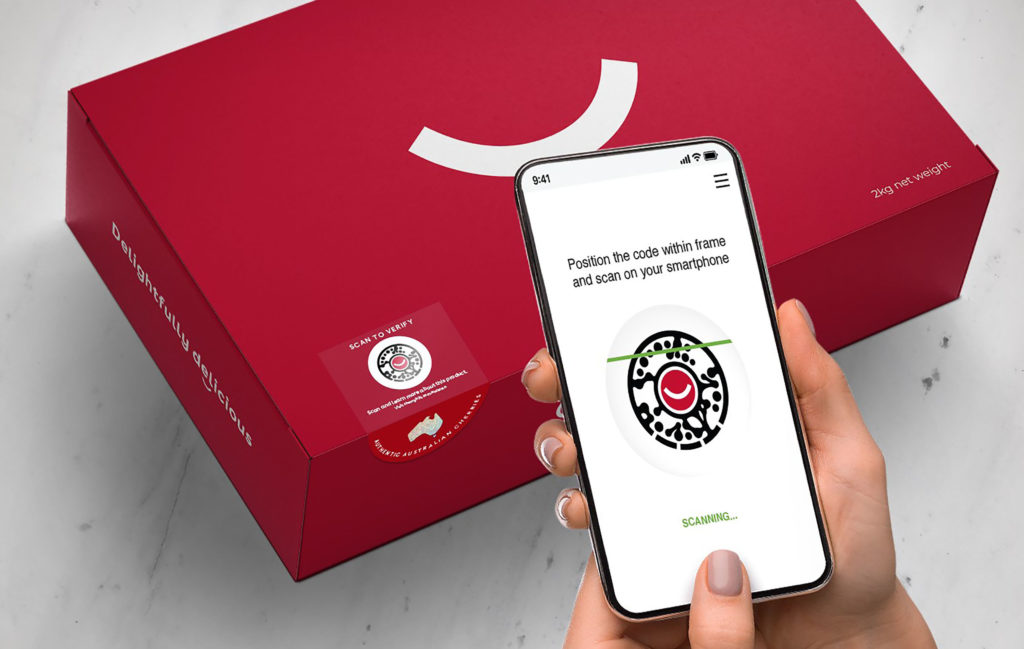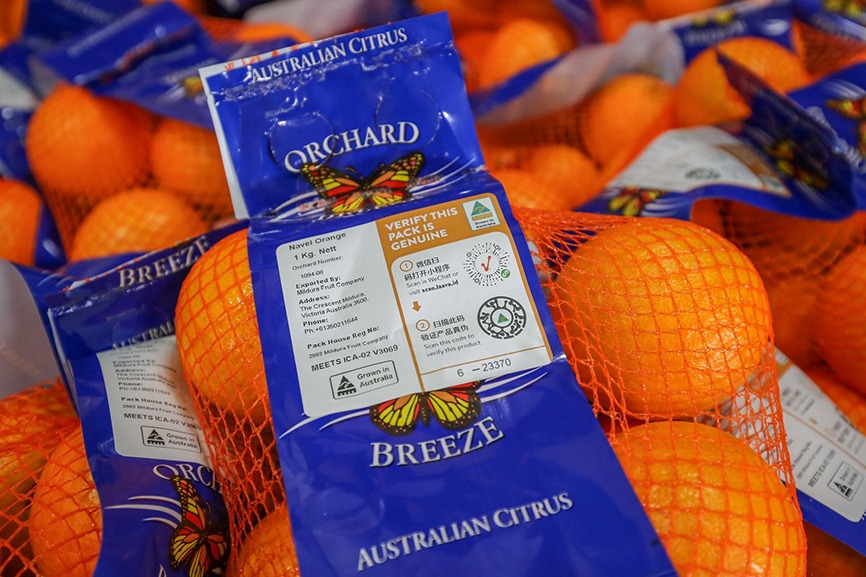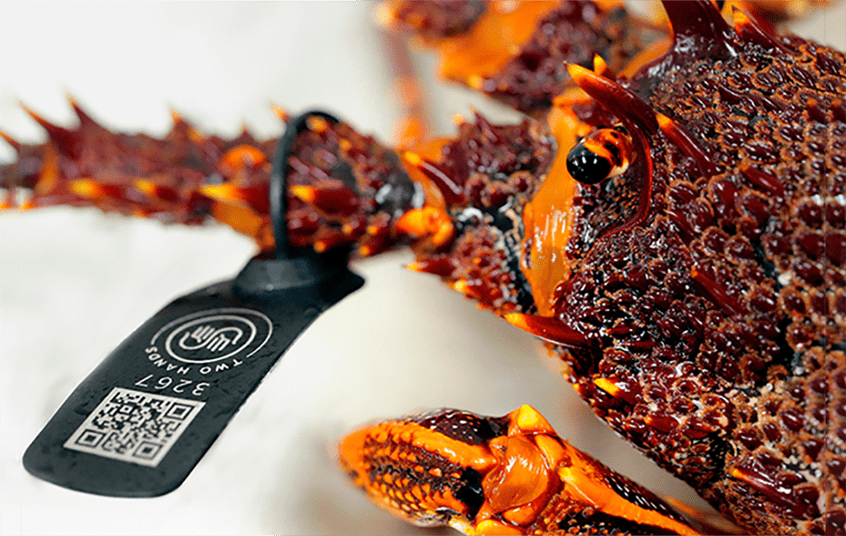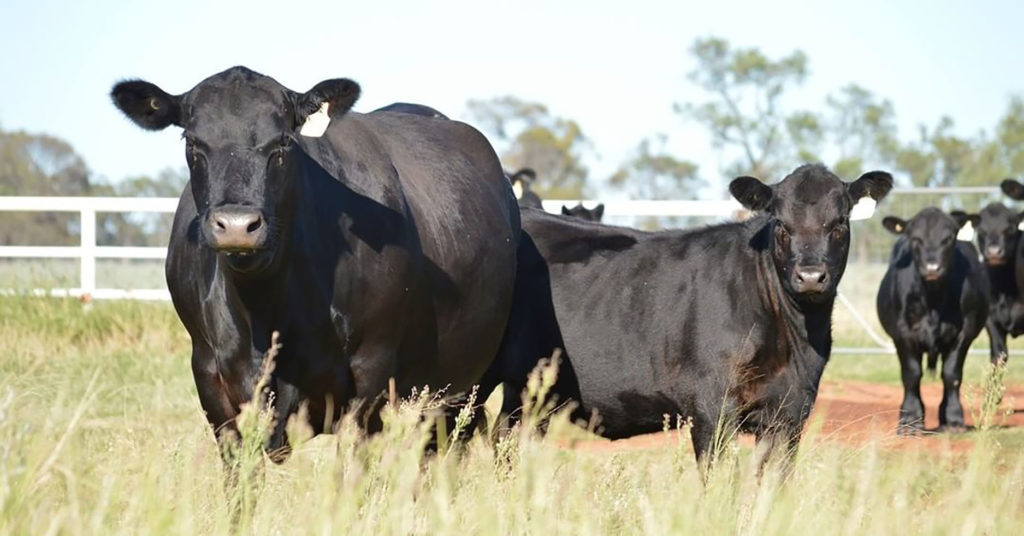Traceability: from paddock to plate
Consumers around the world are becoming more socially and environmentally aware. They want to know where their food comes from, and how it was produced. Proof of quality, provenance, authenticity and sustainability are now playing a much larger role in people’s purchasing decisions when shopping for food. And with the COVID crisis still fresh in our collective consciousness, issues of food safety and how food is produced have also never been more front of mind. So how do we get this information? Through traceability systems. And in recent years, new developments in traceability have allowed us to access more reliable, timely and accurate information about our food than ever before.

Why is traceability important?
Food safety issues such as listeria outbreaks and the infamous needles-in-strawberries saga aren’t just a threat to consumers. A food safety or biosecurity incident involving a particular product or food can impact an entire sector. It can even extend to other sectors if the cause of the incident can’t be traced quickly and accurately. This can cost producers and industries millions and can also disrupt potentially lucrative export opportunities.
Our international trading partners are demanding stronger assurances about our agricultural and seafood products. New or changing import requirements also mean that we need to be able to adapt quickly. The growth of our export market relies upon our ability to prove that our food is safe, sustainably produced and authentically Australian.
An effective traceability system provides information along each step of the supply chain. At all times, you should be able to trace one step forward and one step back. But how do you do this? We take a look at some of the latest traceability advances that are helping to bolster Australia’s reputation as a trustworthy producer of clean, green, quality food.

Laava ID
Laava Smart Fingerprint technology allows consumers to access immediate verification of a product’s authenticity. By scanning the fingerprint on your smart phone, you can find out if the product is what it claims to be, or if it’s a suspected fake. You can also access the story behind the product, including where it was grown or made. The technology has already been used for Australian cherries, and in citrus and seafood traceability trials.

Trust Provenance
Trust Provenance software bolsters supply chain data with security, authenticity and transparency. It links growers, farmers, packing sheds, processors, freight, distributors, retailers and consumers to a data platform that provides real-time information about every step across the supply chain. The platform uses blockchain technology, which allows digital information to be recorded and shared, but not edited. The software has been used in citrus and mango traceability trials to prove provenance and prevent counterfeits.

FreshChain
FreshChain is a blockchain-enabled paddock to plate assurance system that verifies the food you eat. Just scan the unique serialised QR code on the pack and you can learn about where the food came from, the pick and pack date and storage conditions. You can even access recipes and provide feedback to the producer. The system also works to reduce food waste by identifying potentially degraded products much earlier in the supply chain. This means the food can then either be recycled, donated to food rescue charity, sold at a reduced price or converted into frozen or juiced products. FreshChain has partnered with AUSVEG since 2019, and has also been used in a rockmelon trial.

Two Hands
Digital marketplace Two Hands connects fishers and farmers with high-end restaurants. It provides guarantees of provenance using blockchain and smart tagging tech. Two Hands aims to combat food fraud and increase transparency in our food supply chains. It cuts out the middleman and supply chain inefficiencies that can see food handled up to 10 times. Chefs and diners can scan the QR code on the tagged product or restaurant menu, and see where the food has come from, who produced it and how it made its way to the restaurant.

iFoodDS/HarvestMark
iFoodDS/HarvestMark’s traceability solution links the supply chain from seed to store to kitchen. Since the system has been introduced in supermarket distribution centres, there’s been a significant increase in donations to food rescue organisations. It gives produce suppliers the ability to select an option to donate fresh produce at the click of a button very soon after it’s rejected. This means the food is collected directly from the distribution centre, so it’s donated when it’s fresher. According to Foodbank, the organisation has received 21,659 cases of produce through the system in the third quarter of 2021 alone.
Source Certain
Source Certain is an Australian company working internationally. The Perth-based company’s TSW Trace technology is used to determine a chemical profile of a food product. This provides a chemical “fingerprint”, which reflects the geographical location of where a product was grown or the system by which it was produced. It can also verify the integrity of claims like “organic”, “free range” or “sustainable”. The tech was first used to identify the provenance of stolen gold by linking it back to its mine of origin. More recently, it was used in a trial project by Australian prawn producers, who conducted secret audits across the supply chain to identify any substitution fraud. TSW Trace has also been used to verify the provenance of Austral Fisheries’ Glacier 51 toothfish caught near Heard Island.

Aglive
Aglive provides evidence-based tracking and authentication of animals through the supply chain from farm to stockyard, feedlot, abattoir and exporter. It developed the world’s first electronic National Vendor Declaration (eNVD) app in consultation with Meat and Livestock Australia. The eNVD app converts the movement of all livestock within the industry to a real-time and completely traceable paperless system. Aglive also recently developed an app and web portal for Angus beef producers. Angus Verified records the use of registered Angus sires and breeders and verifies that animals are purebred Angus. There have been an increasing number of Angus “imposters” appearing on the market. This system gives both producers and consumers confidence and builds industry trust.
Want to know who produced your food and where it came from? The easiest way to do this is to shop at your local farmers’ market. Here, you can buy food from the person who grew it, raised it or made it. You can also have a chat and ask them about their farming practices. No smartphones required. To find a market near you, click here.









